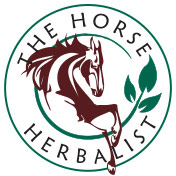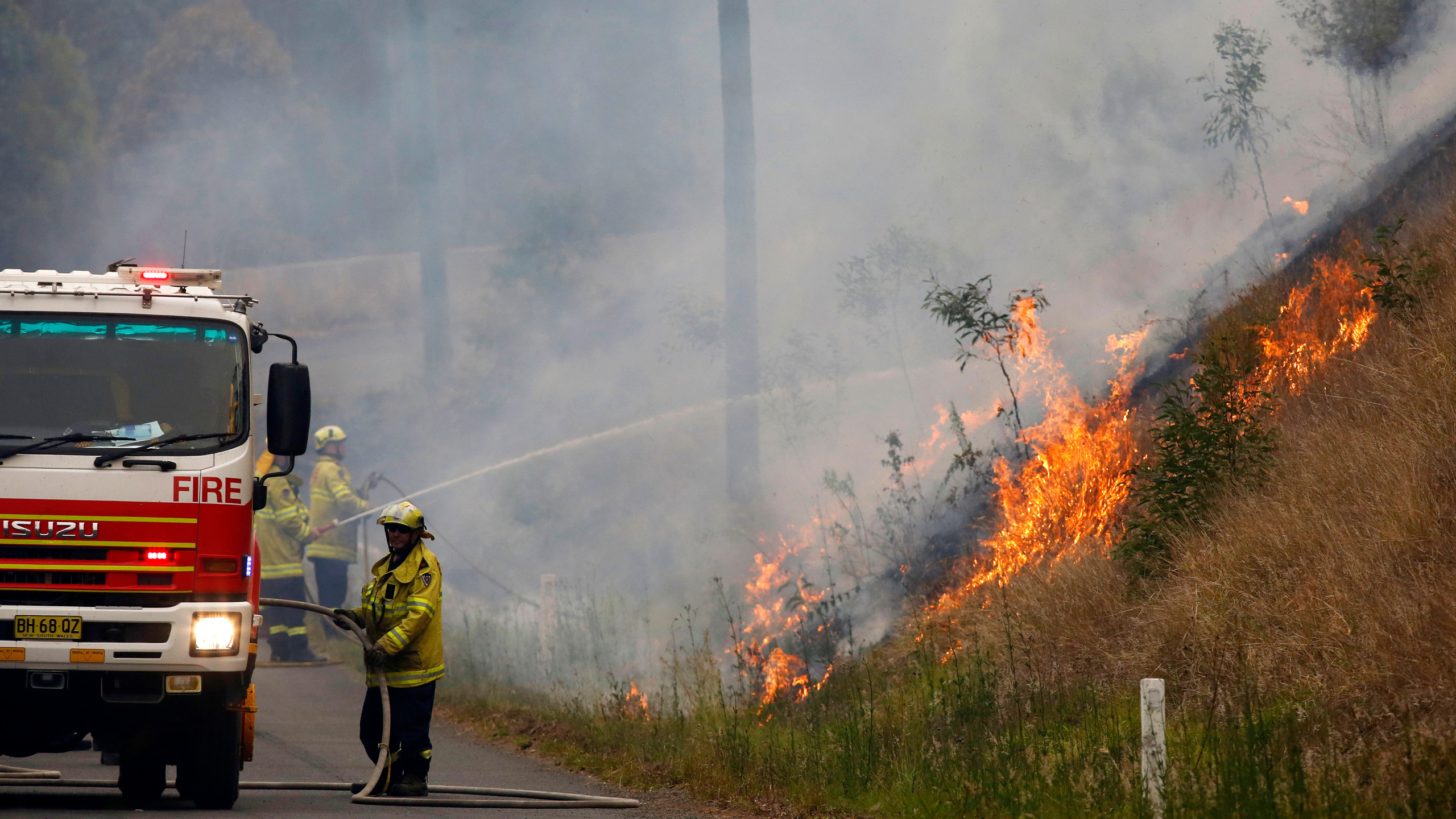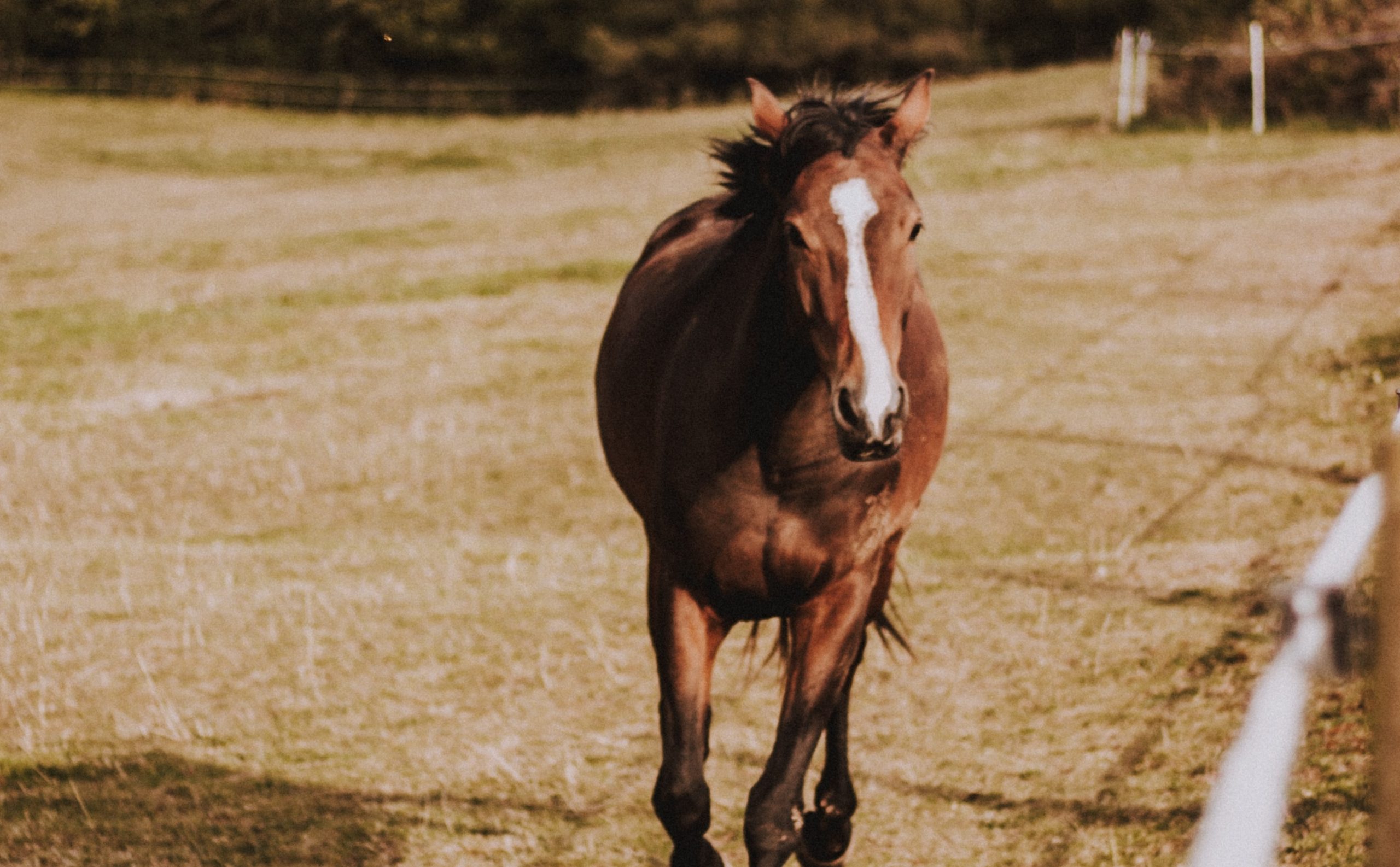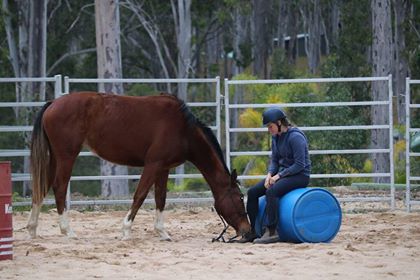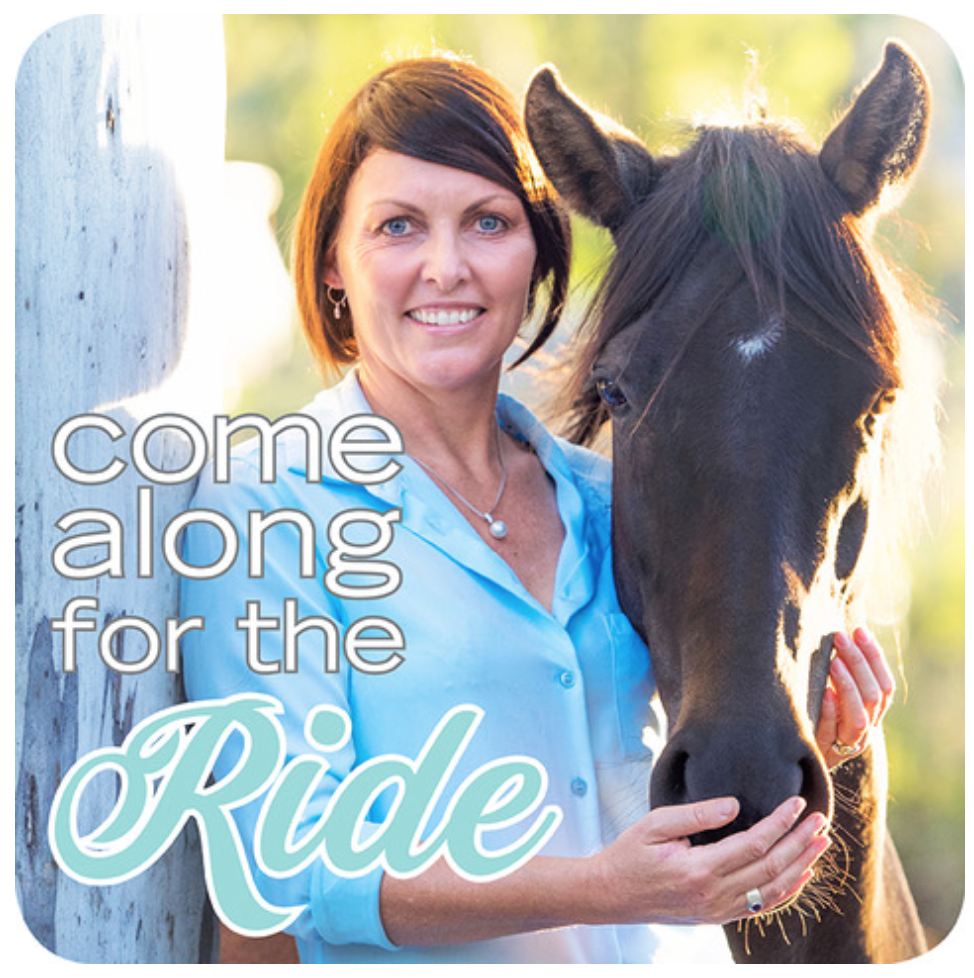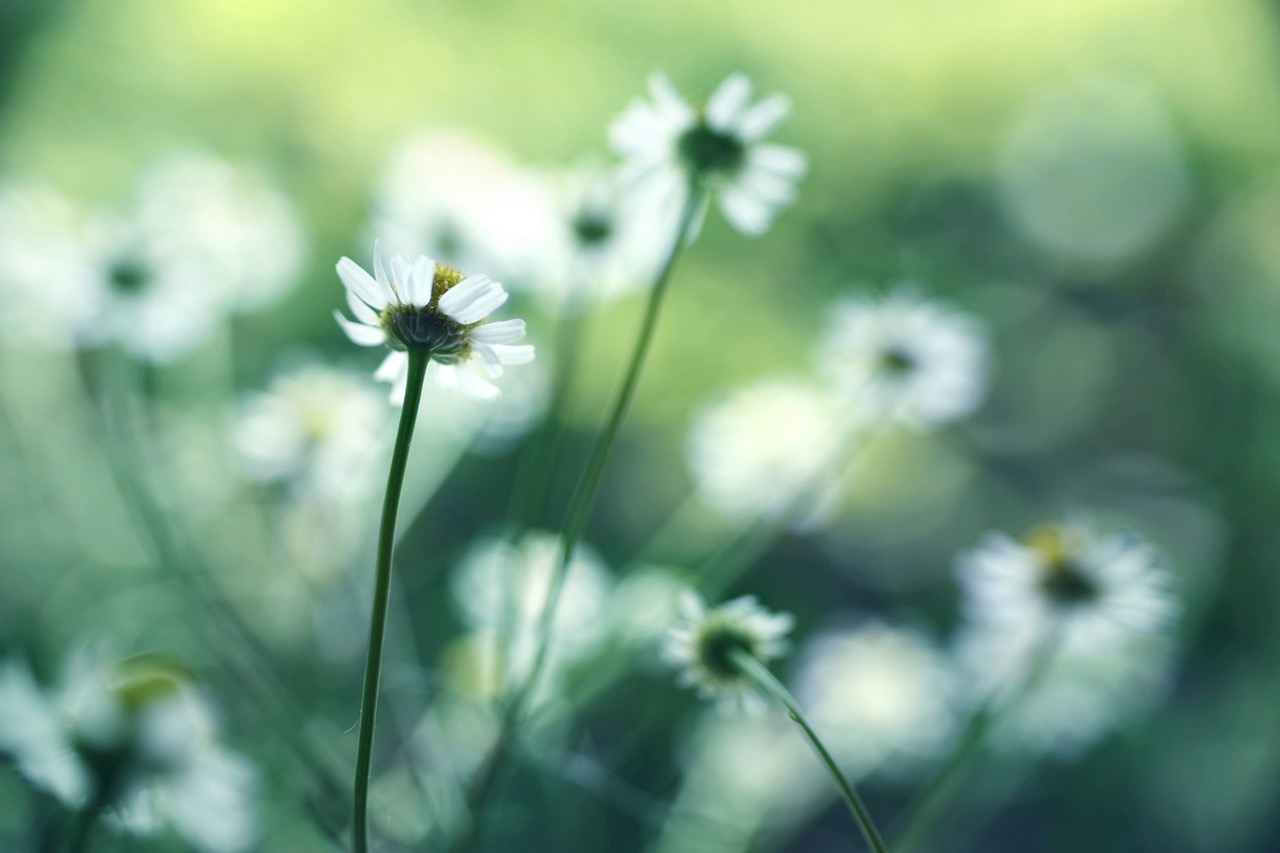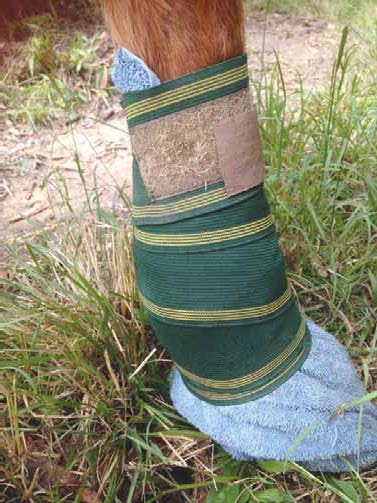In a Smoke Affected Area? Read this.
My heart goes out to all those who continue to be affected by fire and smoke across the country right now. We all know smoke can be toxic and affect the lungs and respiratory tract. Smoke affects every living being, it can do damage before you realise it. Horses should not be worked in smokey conditions, if they must work then keep it to low exertion over minimal time. If they’re worked hard then they may do irreparable damage to the lungs. I see many horses with breathing problems when we have little air pollution so please keep this in mind. Quite a number of
Home herbal remedies for smoke filled air
So much of Australia is or has been on fire. Thank goodness for all our fabulous dedicated enduring firies. Lungs and airways are being assaulted as we breathe the smoke laden air, particularly as the fires burn for extended periods of time in many areas. Here are my quick tips on which herbs that can help you and your horse’s respiratory systems. Aniseed – Pimpinella anisum. Aniseed relieves spasmodic cough, will help clear the lungs. Echinacea – angustifolia or purpurea. Echinacea boosts the immune system and is indicated in all airways dis-eases like cough, cold, conjunctivitis, sinusitis, bronchitis. Fennel – Foeniculum vulgare. Another useful herb which helps
Sponsored Rider – Shannan Goodwin and Astro
Shannan Goodwin has had a fabulous 2018 with her wonderful horse, Aristede - also known as Astro. Shortlisted for the WEG Australian Dressage Team, this wonderful partnership have had wins at Grand Prix. Angela Davison (your very own Horse Herbalist) has been working with this lovely pair for some years now. Find out more about how Angela has helped them in this little video. You can read more about the products mentioned here. [embedyt] https://www.youtube.com/watch?v=H2X0-sIy2P4[/embedyt]
Fighting Fear with Settle Petal
Long term client Joan reached out to Angela Davison and The Horse Herbalist as she was concerned about the escalating problems her daughter Amelia was having with her young horse, George. He had been started 12 months prior and had been brought along slowly and quietly. All was well until they went to their first small training day. He started the day a little nervous (understandably) but settled quite well as she rode him all round the showground and in between the rings in the company of a friend. She tied him to the float, which he’d experienced several times at home, with
Trust Your Instincts: Chanel’s Story
Horses are emotional beings, just like us, and carry stress and trauma with them. This is the story of mother and daughter show jumping team Anita and Alison Ostenfeld, and their beautiful 2 ½ year old filly, Chanel. When they brought her home for the first time it was clear she hadn’t been handled much, but Anita and Alison worked on gaining her trust through groundwork and gentle handling. Then they found Chanel had run through an electric fence - no physical injuries, thank goodness, so all seemed well. A week later, Alison found Chanel away from her paddock mate seemingly frozen in a corner
A podcast for horse lovers everywhere
A podcast for horse lovers everywhere Come Along for the Ride with me as we explore the stories of horse people and the passion they have to live their lives doing extraordinary things with these amazing animals every day. Tracy presents an in depth interview with Angela Davison. - iTunes https://itunes.apple.com/au/podcast/come-along-for-the-ride/id1373115308 https://comealongfortheride.com.au/episodes/ on Stitcher http://www.stitcher.com/s?fid=182587&refid=stpr
All of Shannan’s 10 must haves
We have been proudly sponsoring Shannan Goodwin, Dressage Rider for some years and watch with amazement as she soars into the dressage stratosphere with her horse Astro. Here are Shannan's top 10 must haves that keep her and her horses on top of their game: 1. SUPA-LICIOUS Equine Treats: they are an all natural treat and my horses are crazy about them. 2. Emergency Kit from The Horse Herbalist: including The Horse Herbalist's "Settle Petal" to calm young horse (& rider!) nerves, and all our first aid needs. 3. My Amerigo saddle: from Edwards Saddleworld Toowoomba, this saddle has done wonders for my riding. 4. Morning and afternoon
STABLE STAPLES + Vital Signs
This article was written by Angela Davison and printed in Hoofbeats and outlines the handy homeopathic, herbal mixes and Flower Remedies to have on hand in the stable or pantry to calm and soothe those inevitable moments of crisis! Shock or Rescue Remedy: Into mouth, and add to drinking water. May also be applied or sprayed onto any part of the body. When things go wrong (as they invariably will), always have this on hand for everyone involved (horse, hound, human or otherwise)! It is suitable for use for accidents or emergencies. Dose the injured and the handler. Dosing the injured horse will help the
Flower Remedies – What they are and How to make them
What are Flower Remedies? What can they do? How can they help? Flowers have been used for healing since time immemorial by humans and animals all over the world. The great healers of the past all believed that good health is the result of emotional, mental and spiritual wellbeing. Indeed without mind balance no physical cure will hold. Flower Remedies, given appropriately, can help us all back into mental/emotional balance. For example, we can all have times, humans, horses and others, of being too impatient, too controlling, overly fearful, jumping at shadows, gloomy, worried, over sensitive, aggressive, doubting oneself, lacking confidence and the list goes
Make your Own Poultice
For centuries, poultices have been used on horses to relieve soreness and inflammation. Generally consisting of clays that help reduce swelling or draw out infections, they often contain medication or herbs to improve effectiveness. Basically, a poultice consists of a soft, moist material that is applied to the affected area, and can have a cooling or warming effect depending on the ingredients and how they are applied. Warm poultices are generally used to draw out ‘pus’ or inflammation and are often used for hoof abscesses and sole injuries. A poultice should always be tested against your skin to ensure it isn’t too hot
